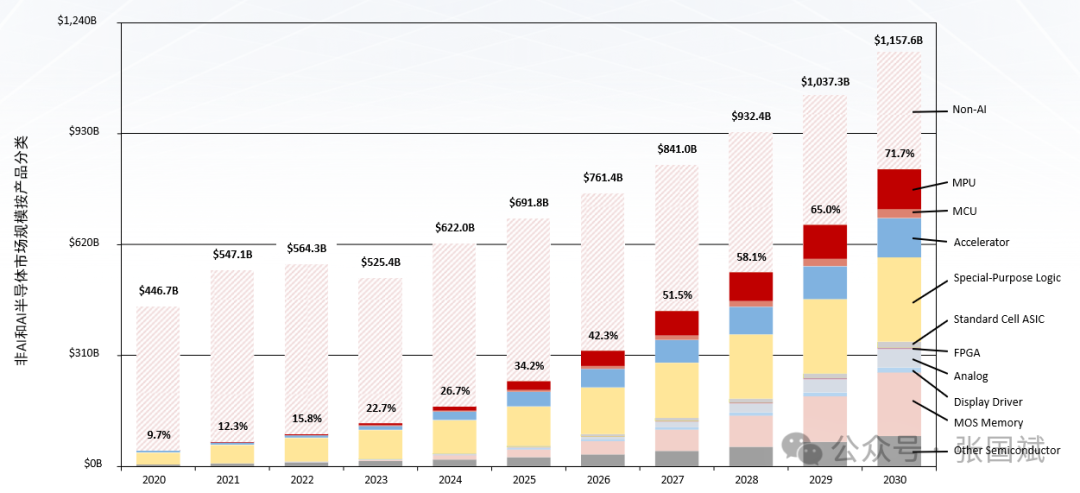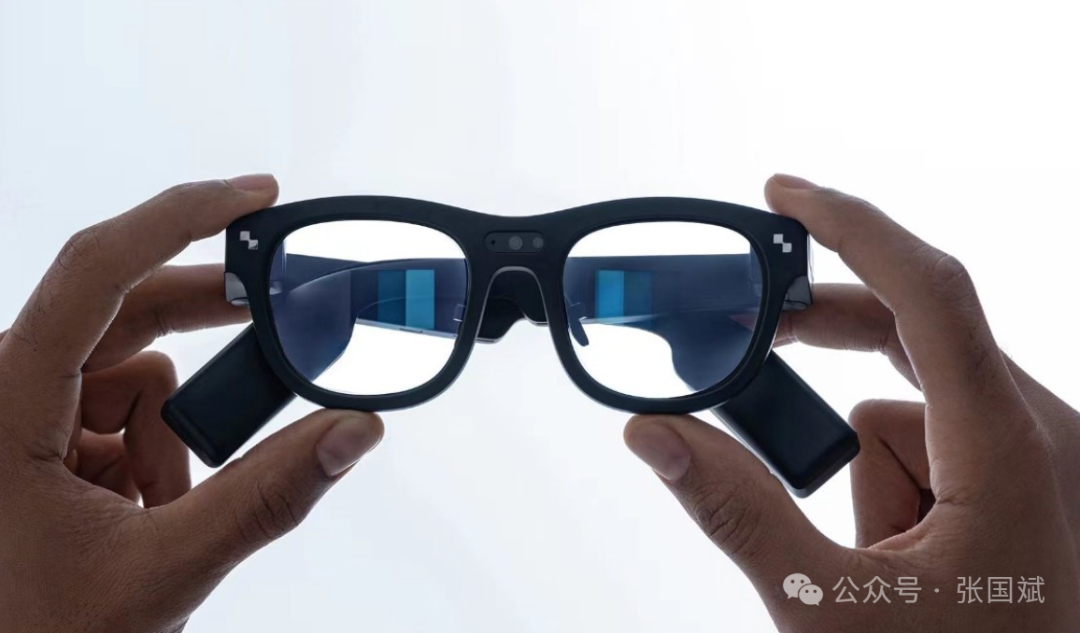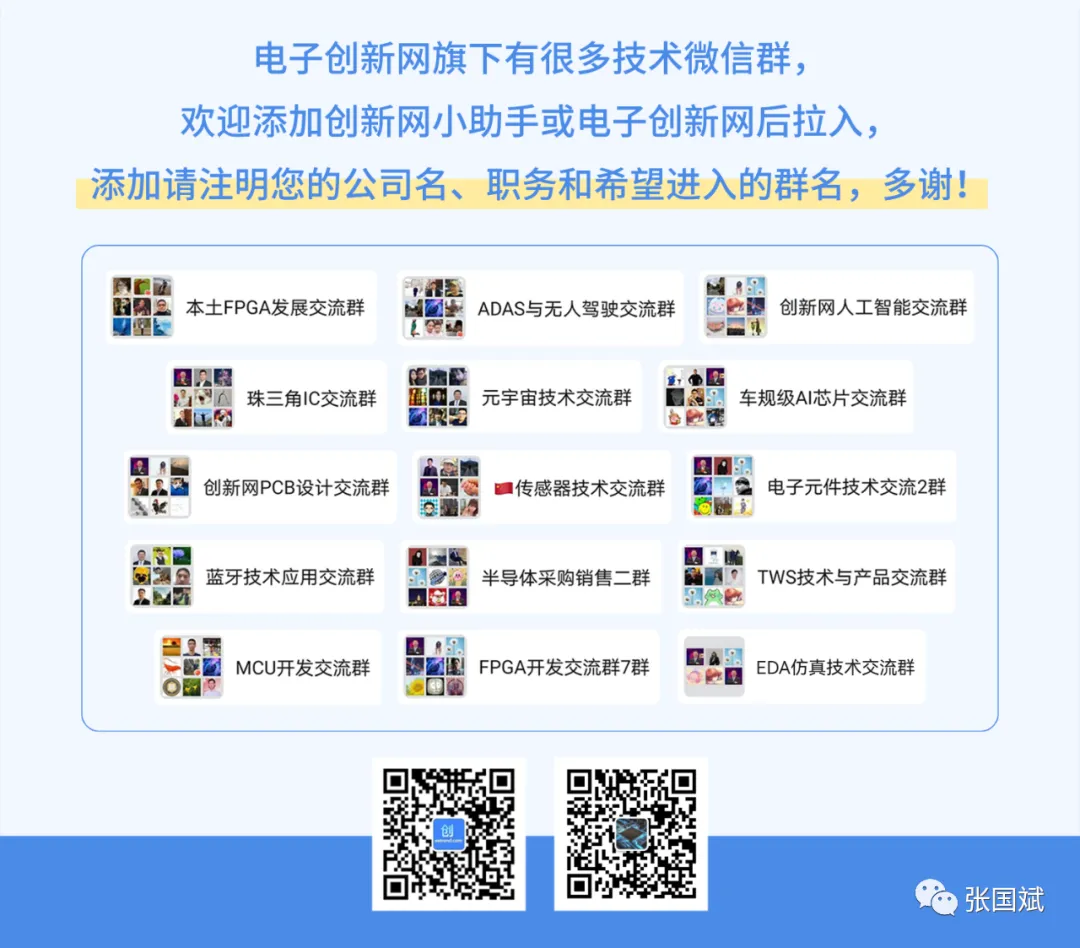Since the beginning of 2025, with the maturation of technology and the expansion of application scenarios, the edge AI market has experienced rapid growth. It is predicted that by 2025, the edge computing market will approach $50 billion, becoming an important engine for fostering new business models and optimizing resource allocation. The demand for high-performance, low-power chips has reached new heights, and in this technological transformation, Chip Origin Microelectronics (hereinafter referred to as “Chip Origin”) has become a core force driving the upgrade of edge AI computing power with its globally leading AI series IP and forward-looking Chiplet technology layout.
Large models trigger the edge-side AI revolution, with Chip Origin’s AI series IP serving as the computing power foundation.
In recent years, with the rapid development of AI technology, the semiconductor industry has entered a period of rapid growth. This growth has been greatly driven by the rapid iteration and commercialization of AIGC large models, including ChatGPT and DeepSeek. According to research from IBS, by 2030, AI-related semiconductors will occupy 71.7% of the global semiconductor market; influenced by DeepSeek, this proportion may rise to 74%-76%.

Figure: Global semiconductor market size and AI semiconductor market size, categorized by product, IBS
Due to the complex algorithms of AI models and the need for massive data processing, AIGC models generate significant computing power demands during training on the cloud side and fine-tuning and inference on the edge side, directly driving semiconductor companies to accelerate the development of more advanced process technologies, innovative chip architectures (such as Chiplet), and various dedicated AI ASIC chips.
DeepSeek adopts a more optimized hardware usage strategy, innovative training methods, and efficient model compression techniques, fully meeting the edge device’s demand for compact, efficient, and user-friendly AI models, providing excellent technical conditions for the development of “small large models” or “small models” on the edge, accelerating the integration and deployment of AI large language models across various industries.
Chip Origin has been focusing on NPU (Neural Processing Unit) IP for many years, providing a strong technical foundation for DeepSeek’s deployment on the edge. As of now, Chip Origin’s NPU IP has been embedded in 142 AI chips from 82 global customers, with cumulative shipments exceeding 100 million units, covering more than ten fields from wearable devices to smart cars.
Chip Origin’s latest generation NPU architecture is optimized for Transformer models, capable of efficiently running large language models like Qwen and LLAMA, as well as supporting AIGC and multimodal models such as Stable Diffusion and MiniCPM.
Chip Origin’s NPU is also deeply integrated with its numerous processor IPs, forming various AI acceleration subsystem solutions, including AI-ISP, AI-Display, AI-VPU, AI-GPU, and AI-DSP.
Based on its programmable and scalable features, along with the company’s innovative NeuroBrick on-chip hardware acceleration solutions, Chip Origin’s NPU IP can greatly optimize the PPA characteristics of customer chips for different application scenarios. Due to its outstanding advantages, 82 customers have adopted Chip Origin’s NPU in their designs.

At CES 2025, AI-enabled AR glasses became a hot topic. In fact, three years ago, Dr. Dai Weimin, founder, chairman, and president of Chip Origin, pointed out that AR glasses represent a new incremental market in the consumer electronics field. “Because AR glasses can reduce people’s dependence on smartphones, making interaction between people and devices more natural, there is a strong demand for AR glasses in applications, along with much room for imagination,” he stated. “More importantly, the key display components of AR glasses, MicroLED and optical waveguides, have their industrial chains mainly concentrated in China, which provides a significant advantage for the domestic development of the AR glasses industry.”
Currently, Chip Origin has customized AR glasses chips for a leading global internet company, becoming a benchmark case for lightweight edge AI.
Another product expected to be popular in edge AI devices in 2025 is the AI Pad for education. Recently, market research firm RUNTO released a statistical report showing that the total channel sales of learning tablets in China will reach 5.923 million units in 2024, achieving a significant growth of 25.5% compared to 2023. More importantly, AI-enabled mid-to-high-end products account for more than half of the market share.
As large models become increasingly mature and scenario-based, educational tablets can not only answer user queries through multimodal capabilities but also plan personalized learning paths based on students’ learning progress, understanding ability, and knowledge mastery, changing the traditional rote learning model and truly reducing the burden on students.
In the future, such “AI teachers” could replace parents, becoming valuable assistants in helping children learn and improve. This AI Pad is a product welcomed by both students and parents and is bound to lead a wave of growth.
From industry sources, Chip Origin has already developed a series of platform solutions aimed at the rapidly growing market for AI Pads. For example, Chip Origin’s high-end application processor platform is based on a high-performance bus architecture and a new advanced memory solution (ultimate memory/cache technology), providing a new computing platform for high-performance computing, laptops, tablets, etc., achieving high performance, high efficiency, and low power consumption while significantly reducing overall system costs.
Chiplet technology breaks the deadlock: How Chip Origin solves the “impossible triangle” of edge computing power?
The edge AI scenario presents a challenge of the “impossible triangle” of “high performance, low cost, low power consumption” for chips, and Chiplet technology is becoming the key to breaking this deadlock. Chip Origin began laying out Chiplet research and development five years ago, and has already taken the lead in generative AI big data processing and high-end intelligent driving based on Chiplet, and is advancing chip platform R&D projects based on Chiplet architecture aimed at intelligent driving systems and AIGC high-performance computing.
Currently, the tangible achievements Chip Origin has made in the Chiplet field include: helping customers design Chromebook chips based on Chiplet architecture, using advanced SiP (System in Package) packaging technology to integrate high-performance SoCs and multiple IPM memories; assisting customers in designing AIGC chips with 2.5D CoWos packaging; and developing a UCIe physical layer interface for Die to Die connections, with related test chips already taped out and soon to return for packaging and testing.
In addition, Chip Origin has collaborated with industry leaders in Chiplet chip solutions to provide multiple self-owned processor IPs, including GPGPU, NPU, and VPU, to help deploy high-performance AI chips based on Chiplet architecture, targeting applications in data centers, high-performance computing, and automotive sectors. Furthermore, to address potential supply and cost issues related to advanced packaging technologies, Chip Origin has conducted preliminary design and development for the next generation of panel-level packaging (Panel level package) technology, preparing for upcoming mass production. Local packaging manufacturers are also actively laying out this packaging technology, and Chip Origin will work with them to create more cost-effective and supply-secure advanced packaging solutions.
Industry data shows that by 2030, the global edge AI chip market will exceed $100 billion, with over 60% of the incremental growth coming from smart vehicles and consumer electronics. With its advanced layout of AI products and Chiplet technology, Chip Origin has already occupied a high ground in this field.
Conclusion: The “core” future of edge computing power
The open-source nature of DeepSeek truly realizes AI technology equality, lowering the application threshold for large AI models, and the computing power revolution of edge devices has truly begun. Chip Origin, through its early layout in the AI field, has achieved full coverage of AI computing power across various tracks throughNPU, GPU, GPGPU, AI GPU, and Chiplet layouts,not only solving the bottleneck of large computing power but also opening up the “core” future of edge computing power.
Chip Origin’s GPGPU IP can provide computing power from low-power embedded devices to high-performance servers, redefining the computing market with highly scalable IP cores to meet a wide range of AI computing needs.
Currently, Chip Origin’s GPU and GPGPU-AI IP have received multiple architecture licenses globally and have been applied in numerous high-performance computing products.
Chip Origin has also launched a new series of GPU IP based on the Vitality architecture, integrating many advanced features, such as a configurable tensor computing core (Tensor Core) AI accelerator and a 32MB to 64MB L3 cache, providing powerful processing capabilities and excellent energy efficiency, supporting multi-core expansion, and widely applicable to cloud gaming, AI PCs, discrete graphics cards, and integrated graphics.
In this new era of productivity driven by algorithms and chips, Chip Origin’s “core chapter” may also be the starting point for the upgrade of AI products in China.
Recent WeChat hot articles recommended
1、Breaking! Gaon Electronics plans to acquire Ruicheng Semiconductor!2、How to view BGI’s acquisition of Chip and Semiconductor?3、Mergers to grow or innovate independently? Eight industry leaders discuss the future of local EDA.4、ST CEO to be dismissed!5、Surpassing TI C2000! Local RISC-V core DSP strongly released!If you find this valuable, please follow my WeChat accountAbout Zhang Guobin’s WeChat Official AccountThis account is personally operated by Zhang Guobin, a senior media person in the semiconductor field, with fans mostly being executives in the semiconductor industry. This account focuses on the latest technological trends and emerging technology applications in the global semiconductor field, interpreting the latest dynamics of the semiconductor industry. Follow along, and let Lao Zhang take you to explore the infinite wonders of the semiconductor world!Welcome to add my personal WeChat number 18676786761
